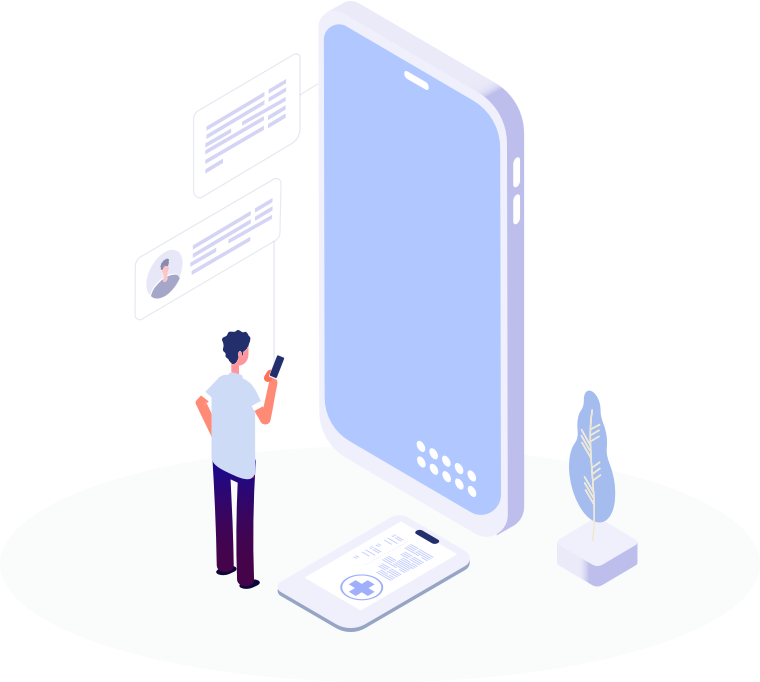Navigating large hospital campuses may be a daunting task for patients, site visitors, or even staff. With sprawling layouts, complicated buildings, and a couple of departments, the project of finding the right vicinity can add useless strain to an already disturbing scenario. Hospital wayfinding solutions, particularly the ones improved with indoor navigation technologies, have emerged as critical gear in addressing this venture, improving both the affected person enjoy and operational efficiency.
The Importance of Hospital Wayfinding Solutions
Hospital wayfinding answers are more than just a series of symptoms and maps; they’re complete structures designed to guide individuals via complex medical facilities with ease. These solutions combine virtual and bodily tools, together with mobile apps, kiosks, and strategically placed signage, to provide clean and intuitive directions. For patients and traffic, effective wayfinding reduces the tension related to navigating unfamiliar environments, ensuring they come at appointments, tactics, and consultations on time.
The Role of Indoor Navigation in Modern Healthcare
Indoor navigation is a important factor of superior hospital wayfinding answers. Unlike traditional GPS, which struggles with accuracy indoors, indoor navigation structures make use of technologies like Bluetooth beacons, Wi-Fi triangulation, or even augmented reality to offer real-time, flip-through-turn guidelines within the hospital. These systems may be integrated into mobile apps, permitting users to clearly input their destination and acquire unique steering to their place.
Indoor navigation is in particular treasured in massive hospitals with a couple of buildings, floors, and departments. For instance, a patient is probably guided from the parking zone to the registration table, from there to the radiology branch, after which on to the drugstore—each step cautiously mapped out to make certain the journey is as easy as possible. This level of steerage no longer simplest improves the affected person experience however also enables hospitals manipulate foot site visitors, lessen bottlenecks, and make sure that patients and workforce can pass via the ability efficaciously.

Enhancing Patient Experience and Satisfaction
Patient pride is a key metric for hospitals, and wayfinding answers play a full-size position in accomplishing excessive pride scores. When patients can effortlessly discover their way round, their overall enjoy is more nice. They are less probable to experience annoyed or overwhelmed, which could make a contribution to a higher belief of the care they receive.
Moreover, for visitors, those structures provide peace of thoughts. Visiting a cherished one within the health facility is often a stressful revel in, and the remaining thing traffic need is the introduced worry of getting misplaced. Effective wayfinding answers alleviate this pressure, making it simpler for traffic to locate patient rooms, ready regions, and services like restrooms and cafeterias.
Improving Operational Efficiency
Hospital wayfinding solutions also offer significant blessings for health facility operations. Efficient navigation reduces the likelihood of neglected or delayed appointments, which could disrupt schedules and cause longer wait times. By guiding patients without delay to their locations, those answers help ensure that appointments run on time, enhancing the general float of the hospital.
Additionally, workforce individuals benefit from those answers. In massive hospitals, it isn’t unusual for workforce to be unfamiliar with sure regions of the ability. Wayfinding systems can assist new employees, temporary body of workers, or even long-term body of workers navigate the clinic greater effectively, ensuring they could awareness on presenting care rather than locating their way round.
The Role of Technology in Wayfinding
The integration of modern-day era into clinic wayfinding answers is remodeling the healthcare revel in. Mobile apps with indoor navigation abilities are becoming an increasing number of commonplace, offering patients and visitors with a powerful tool at their fingertips. These apps can provide extra than just instructions; they can also offer information on wait times, parking availability, and even digital tours of the power.
Bluetooth beacons are another technological development that is improving indoor navigation. These small devices emit signals that can be picked up by using smartphones, imparting highly correct place statistics in the health facility. This facts is used to manual customers to their locations, with the system adjusting in real time if the person takes a incorrect flip or if there is a alternate inside the path.
Augmented truth (AR) is likewise beginning to make its manner into sanatorium wayfinding answers. AR can overlay digital instructions onto the physical world, making it even less complicated for customers to navigate complicated environments. For example, a affected person could hold up their cellphone and see arrows pointing the manner to their destination, right on their display.
Customization and Accessibility
One of the strengths of cutting-edge health facility wayfinding solutions is their ability to be customized to satisfy the specific wishes of every facility. Hospitals can tailor the system to highlight crucial regions, including emergency departments, surgical gadgets, or specialised clinics. This customization guarantees that the wayfinding answer aligns with the hospital’s format and priorities.
Accessibility is every other essential consideration. Wayfinding solutions may be designed to house people with disabilities, offering functions like voice steering for the visually impaired or wheelchair-pleasant routes. By ensuring that every one patients and visitors can navigate the ability independently, hospitals demonstrate their dedication to inclusivity and patient care.
Future Trends in Hospital Wayfinding
The future of medical institution wayfinding solutions is probable to see even more integration with other virtual fitness equipment. For instance, wayfinding systems can be related with electronic health information (EHRs), presenting customized navigation primarily based on a patient’s scheduled appointments. Patients ought to receive reminders that include instructions to their next appointment, assisting them stay on schedule and decreasing the likelihood of overlooked visits.
Artificial intelligence (AI) could also play a role in enhancing wayfinding answers. AI algorithms should examine foot traffic styles in the sanatorium, identifying regions wherein congestion is probable to arise and suggesting opportunity routes. This level of intelligence could result in even more efficient navigation and better overall management of hospital sources.
Conclusion
Hospital wayfinding answers and indoor navigation technologies are revolutionizing the healthcare experience. By presenting clean, correct, and reachable guidelines, those systems lessen pressure, enhance patient pride, and beautify operational efficiency. As hospitals continue to grow in length and complexity, the significance of effective wayfinding will most effective growth. Embracing these superior answers isn’t always just about retaining up with technological tendencies; it’s approximately ensuring that every patient and visitor can navigate the sanatorium with self belief and simplicity.





illegal testosterone pills
References:
dangers of using steroids (git.asdf.cafe)
Trustworthy regular service, makes busy NYC life manageable. Scheduling months ahead. Appreciate the reliability.
Dry Cleaning in New York city by Sparkly Maid NYC